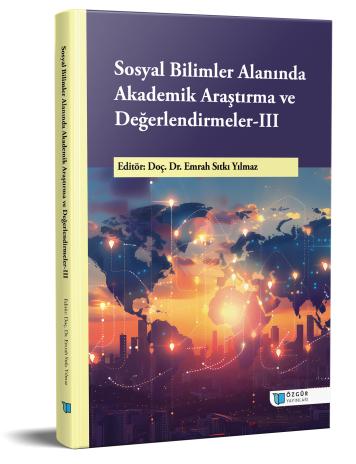
İpek Böceği Türleri, Koza Özellikleri ve Kumaş Örnekleri
Şu kitabın bölümü:
Yılmaz,
E.
S.
(ed.)
2024.
Sosyal Bilimler Alanında Akademik Araştırma ve Değerlendirmeler-III.
Özet
İpek, yaklaşık 5.500 yıl önce Çin’de başlayan hikayesi ile bugün bütün dünyada en önemli tekstil hammaddelerinden biridir. İpeğin hammaddesi olan koza, ipek böceği tarafından üretilen hayvansal kökenli bir protein lifidir. İpek böceği yetiştiriciliği evcilleştirerek ya da doğal ortamında (yabani) binlerce yıldır yapılmaktadır. Bombycidae familyasından olan ve ipekböceği veya dut ipek güvesi olarak da bilinen Bombyx mori (L.) tek bir türden gelmektedir. Bombyx Mori Çin'de MÖ 4000 civarında evcilleştirerek bugün dünyada ticari amaçla en çok üretilen ipek böceği türü olmuştur. Dut yaprağı ile beslendiği için dut ipek böceği (mulbery silkworm) olarak adlandırılır. Bu tür haricinde yabani ipek böceği (wild silkworm) türleri olan Muga, Tasar ve Eri ipek böceği türleri bulunmaktadır. Bu türler dut yaprağı dışında başka ağaçlardan ve yapraklardan beslenir.
Günümüzde dünya ipek ticaretinin %90’nını dut ipek böcekçiliği oluştururken geri kalan %10’luk üretim ise yabani ipek böcekçiliği oluşturmaktadır. Tekstil sektörü başta olmak üzere, endüstri, ilaç, kozmetik ya da farklı amaçlar için ipek böceği yetiştiriciliği toplumlarda her zaman görülmüştür. Bu makalede dut ipek böcekleri ve yabani ipek böceklerinin özellikleri, kozalarının yapısı ve elde edilen kumaş özellikleri örnekler ile açıklanmıştır.

